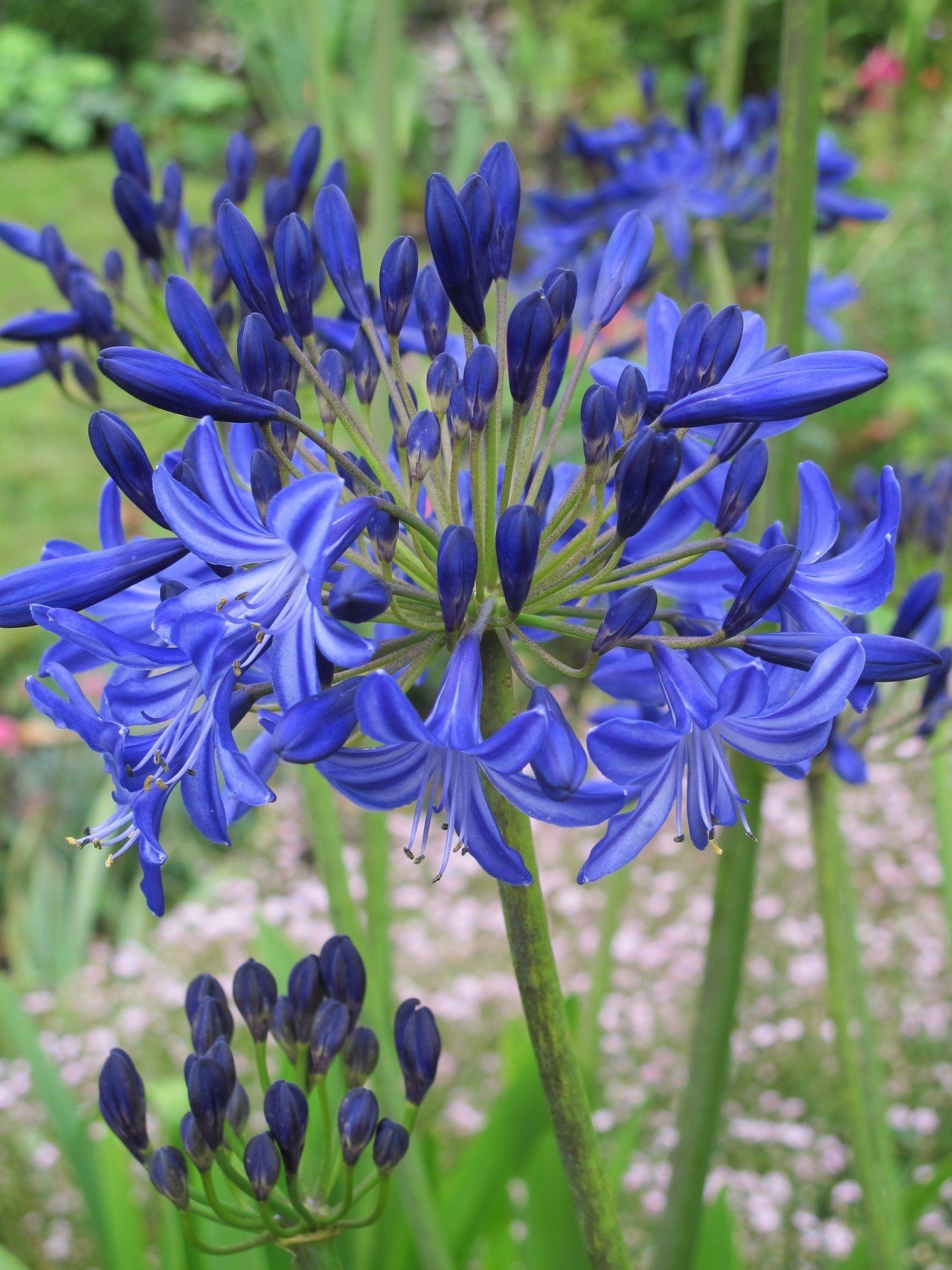Agapanthus Companion Plants: Perfect Pairings for Your Yard
Agapanthus Companion Plants: Perfect Pairings for Your Yard
Blog Article
Grasping the Art of Agapanthus Treatment: Necessary Actions for Healthy And Balanced Growth and Vivid Blooms
In the realm of gardening, the growing of agapanthus stands as a fulfilling undertaking for those who seek to support these elegant flowering plants. From selecting the right variety to grasping pruning strategies, the journey in the direction of cultivating flourishing agapanthus plants is complex and holds the key to opening the full potential of these agricultural treasures.

Choosing the Right Agapanthus Range

When picking the right Agapanthus selection for your garden, consider elements such as environment viability, flower shade, and development habit. Agapanthus, generally known as Lily of the Nile or African lily, is available in a range of shades varying from tones of purple and blue to white. Pick a flower color that matches your existing garden combination to create an unified landscape. In addition, take into consideration the environment in your region to ensure the Agapanthus range you choose can grow in your details problems. Some selections are much more tolerant of cool temperatures, while others like warmer environments. Recognizing the growth habit of various Agapanthus selections is essential for appropriate positioning within your yard. Some selections have a clumping growth habit, ideal for boundaries or containers, while others have a more dispersing nature, suitable for ground cover or mass growings. By very carefully reviewing these aspects, you can select the excellent Agapanthus range to boost the charm of your yard.
Suitable Growing Problems
Thinking about the ideal environmental requirements is crucial for successful Agapanthus cultivation. Agapanthus prospers in well-draining soil with a slightly acidic to neutral pH level. When planting, pick a location that gets full sunlight to partial color. In hotter climates, supplying some afternoon color can prevent scorching of the fallen leaves. Agapanthus plants are delicate to cold temperatures and ought to be safeguarded from frost during winter season.
To make sure healthy growth and dynamic blooms, plant Agapanthus bulbs at a deepness of about 2-4 inches and area them 8-12 inches apart. Mulching around the base of the plants helps retain moisture and subdues weed growth.
Watering and Feeding Tips
Maintaining correct wetness levels and providing necessary nutrients are crucial elements in the treatment program for Agapanthus plants. It is essential to strike an equilibrium when it comes to sprinkling Agapanthus. If overwatered, these plants prefer constantly moist dirt however are susceptible to root rot. During the expanding season, water deeply once a week, ensuring the soil is well-draining to stop waterlogging. In hotter climates or during periods of dry spell, even more frequent watering may be required to keep the dirt evenly wet. Nonetheless, reduce watering in the winter to avoid water logged problems.
Feeding Agapanthus is vital for advertising healthy development and prolific blooms. Apply a well balanced fertilizer, such as a 10-10-10 formula, in the early spring as new growth arises. By adhering to these watering and feeding ideas, you go now can guarantee your Agapanthus plants prosper and create dynamic, lasting blooms.
Trimming Techniques for Agapanthus
Pruning Agapanthus plants at the appropriate times and with proper methods is critical for maintaining their health and advertising ideal development and flowering. The perfect time to prune Agapanthus is in late winter or early springtime prior to new development emerges.
Deadheading invested blossoms can additionally reroute the plant's power into generating even more flowers sites rather than establishing seeds. If you desire to collect seeds for propagation, leave some flowers to mature and dry on the plant.
Bear in mind to utilize tidy, sharp tools to make precise cuts and minimize the danger of presenting conditions. Agapanthus. Regular pruning will certainly assist maintain your Agapanthus looking healthy and neat while ensuring a plentiful display of attractive blossoms
Handling Common Bugs and Illness
After ensuring proper pruning techniques for Agapanthus, it is necessary to resolve common bugs and conditions that can impact the health and vitality of these plants. One usual parasite that affects Agapanthus is the Agapanthus gall midge.
In addition, Agapanthus plants can experience from origin rot if they are grown in inadequately draining pipes soil. By being watchful and taking punctual activity versus bugs and illness, you can help your Agapanthus plants grow and produce vibrant flowers. Agapanthus.

Conclusion
To conclude, understanding the art of agapanthus treatment entails choosing the best range, providing optimal planting conditions, appropriate watering and fertilizing, appropriate trimming strategies, and resolving typical bugs and illness. By following these important steps, you can guarantee healthy and balanced development and lively blooms for your agapanthus plants. Remember to routinely keep track of and keep your plants to promote their overall well-being and long life.
To make certain healthy and balanced growth and lively blooms, plant Agapanthus light bulbs at a deepness of concerning 2-4 inches and room them 8-12 inches apart. By following these watering and feeding tips, you can ensure your Agapanthus plants prosper and create dynamic, resilient blossoms.
One common pest that impacts Agapanthus is the Agapanthus gall midge. In addition, Agapanthus plants can suffer from root rot if they are planted in badly draining special info dirt. By following these important actions, you can make sure healthy and balanced development and dynamic blooms for your agapanthus plants.
Report this page